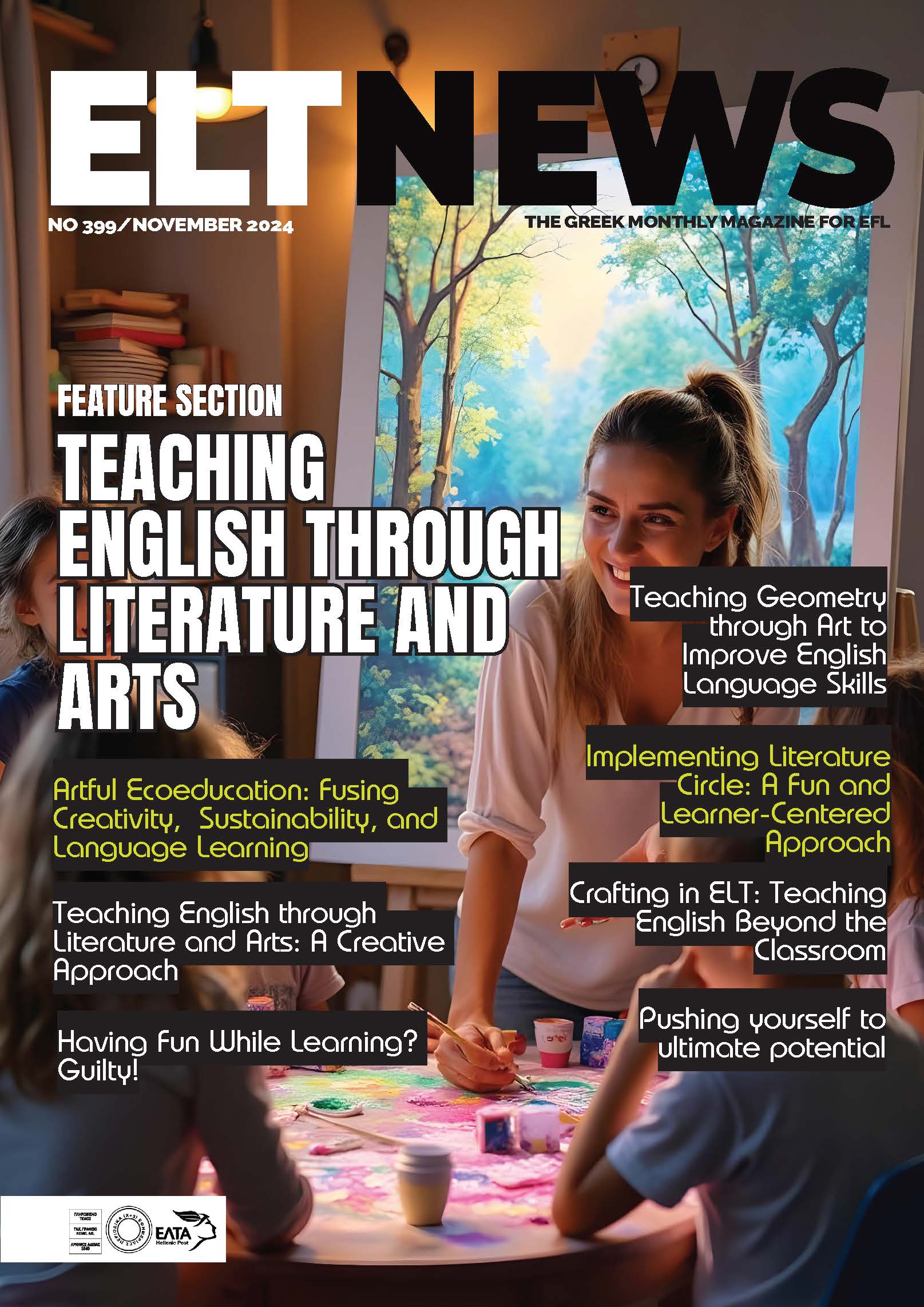In the ever-evolving landscape of English Language Teaching, educators are constantly seeking innovative approaches to engage learners and foster language proficiency. One method that has gained renewed interest in recent years is the integration of literature into language classrooms. Far from being a relic of traditional language instruction, literature has proven to be a powerful tool for enhancing language learning, cultural understanding, and critical thinking skills.
The Case for Literature in ELT
At first glance, the idea of using complex literary texts to teach language might seem counterintuitive, especially for beginners. However, research has consistently shown that literature can be an invaluable resource for learners at all levels. Here's why:
- Authentic Language Exposure: Literature provides learners with authentic examples of language use in context. Unlike textbooks, which often present simplified or contrived language, literary texts offer real-world examples of vocabulary, grammar, and idiomatic expressions.
- Cultural Insights: Through literature, students gain insight into the cultural nuances, historical contexts, and social norms of English-speaking societies. This cultural literacy is crucial for developing true language proficiency.
- Enhanced Motivation: Engaging with compelling stories and characters can spark curiosity and emotional investment, motivating students to persist in their language learning journey.
- Critical Thinking Skills: Analyzing literary texts encourages students to think critically, interpret meanings, and develop their own opinions – all valuable skills that translate to improved language production.
- Improved Reading Strategies: Literature helps students develop essential reading skills such as inferencing, predicting, and understanding context clues.
Implementing Literature in the ELT Classroom
While the benefits are clear, effectively integrating literature into language teaching requires thoughtful planning and execution. Here are some strategies for success:
Careful Text Selection
Choosing appropriate texts is crucial. Consider the following factors:
- Language level of the students
- Relevance to learners' interests and experiences
- Cultural significance and potential for discussion
- Length and complexity of the text
For beginners, short stories, poems, or adapted versions of classic texts can be excellent starting points. As learners progress, they can tackle more complex works.
Scaffolding and Support
To make literary texts accessible, provide ample scaffolding:
- Pre-teaching key vocabulary and concepts
- Offering background information on the author and historical context
- Using graphic organizers to help students track plot, characters, and themes
- Encouraging collaborative reading and discussion
Creative Activities
Engage students with the text through a variety of activities:
- Role-playing scenes from the story
- Creating alternative endings or sequels
- Comparing film adaptations with the original text
Language Focus
Use the literary text as a springboard for targeted language work:
- Analyzing grammar structures in context
- Exploring figurative language and idioms
- Practicing reported speech through character dialogues
- Focusing on descriptive language and sensory details
Overcoming Challenges
Despite its benefits, integrating literature in ELT is not without challenges. Some common concerns include:
- Time Constraints: Covering a literary work can be time-consuming. Solution: Use excerpts or shorter texts, and integrate literature gradually into the curriculum.
- Student Resistance: Some learners may find literary texts intimidating. Solution: Start with accessible texts and build confidence gradually.
- Assessment Difficulties: Traditional language tests may not capture the full range of skills developed through literary study. Solution: Implement diverse assessment methods, including projects, presentations, and reflective writing.
- Teacher Preparation: Not all language teachers feel equipped to teach literature. Solution: Provide professional development opportunities and resources for teachers to build their literary knowledge and teaching strategies.
The Future of Literature in ELT
As we move further into the 21st century, the role of literature in language teaching is likely to evolve. Digital technologies offer new possibilities for engaging with texts, such as interactive e-books, online literary communities, and multimedia adaptations. Moreover, the growing emphasis on global competence in education aligns perfectly with literature's ability to foster intercultural understanding and empathy.
By embracing literature in the ELT classroom, we not only enhance language learning but also nurture a lifelong appreciation for the power of words. In a world where communication across cultures is increasingly vital, the skills developed through literary study – critical thinking, empathy, and cultural awareness – are more valuable than ever.
As educators, let us seize the opportunity to unlock the full potential of literature in language learning. By doing so, we open doors not just to language proficiency, but to a richer, more nuanced understanding of the world and our place within it.
